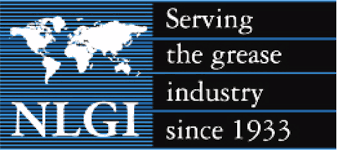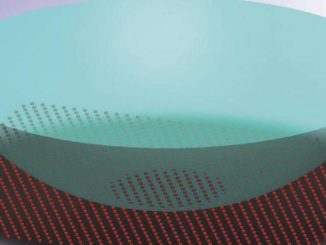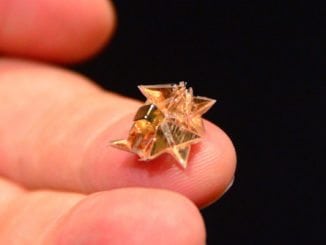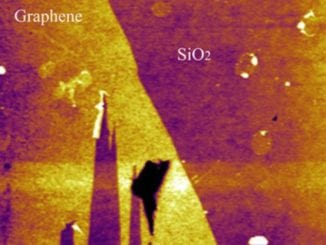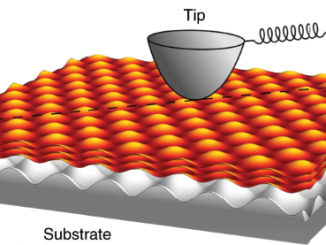I am a postgraduate researcher at the University of Leeds. I have completed my master's degree in the Erasmus Tribos program at the University of Leeds, University of Ljubljana, and University of Coimbra and my bachelor's degree in Mechanical Engineering from VTU in NMIT, India. I am an editor and social networking manager at TriboNet. I have a YouTube channel called Tribo Geek where I upload videos on travel, research life, and topics for master's and PhD students.
Parameters that influence Bio-tribocorrosion
Table of Contents
Introduction
The human body is a dynamic and challenging environment for implanted medical devices due to its ever-changing conditions within the body that can significantly affects the functionality and longevity of these devices. Therefore, it is crucial to ensure the stability of any external device placed inside the body due to the presence of corrosion-promotive factors such as pH, proteins, and oxygen. For example, the interaction between bones and implants, along with aggressive agents attacking the implant surface, are critical parameters that influence the device’s lifespan and effectiveness. These factors are the primary causes of wear and corrosion. This complex interaction has been the subject of various studies. The protective oxide layer on the implant’s surface can be compromised and removed due to the movement of the implant, even with micro-movements. This results in surfaces rubbing against each other and can occur even after the surface has re-passivated. Such synergistic actions lead to debris detachment and ion release, causing both mechanical and health issues. The simultaneous action of wear and corrosion is known as tribocorrosion. Despite a significant body of literature focusing on tribocorrosion, there remains a vast potential for further exploration and discovery. The naturally occurring film on the surface of biomaterials can offer some protection against tribocorrosion.
Factors affecting tribocorrosion in human body
Several factors influence the process and intensity of tribocorrosion, including the patient’s body movement, its frequency, the load the implant carries, the environment, the type of biomedical alloy used, the treatments applied, and the surface attributes of the implant. The roughness of the surface is particularly important; higher roughness can increase the tribocorrosion current density, while reduced roughness can lower it.

Figure-1 Factors affecting Bio-corrosion [3]
Environment
Environmental conditions and their components also play a crucial role in the progression or regression of tribocorrosion. They can stimulate the release of ions from the implant into the body, thereby compromising implant integrity and affecting the balance between wear and tribocorrosion effects. For dental implants, two significant factors that shorten implant lifespan are the acidic conditions resulting from the production of fermentable carbohydrates and the detrimental impact of fluoride therapy on the surface oxide layer. In an acidic environment, the presence of fluoride can lead to the formation of hydrofluoric acid, which obliterates the naturally formed protective film on titanium implants. Additionally, proteins such as albumin in the environment can exacerbate the tribocorrosion process by promoting more hydrogen evolution reactions.
Manufacturing
The manufacturing process significantly influences the mechanical, physical, and chemical properties of the final product. Despite the limited research on how manufacturing processes impact the tribocorrosion reaction of biomaterials. Researchers found that different methods, such as casting, hot pressing (HP), and laser-engineered net shaping (LENS) for producing the Ti-6Al-4V alloy, resulted in distinct microstructures. The study revealed that the LENS method provided higher resistance to tribocorrosion. Similarly, another investigation compared the impact of casting and powder metallurgy on the same alloy’s production.
Load
It has been reported that increasing the load on an implant can promote tribocorrosion. For instance, previous research found that the corrosion density increased by 60% on a steel surface when the implant load was raised from 5 N to 10 N. The amount of load on a biomaterial can influence the tribocorrosion mechanism, potentially shifting the balance toward wear or corrosion dominance. For example, increasing the load beyond a certain threshold in a sliding test on a CoCrMo alloy changed the destructive mechanism from tribocorrosion to dominant wear. Additionally, it was shown that increasing the load above 3 N could enhance the tribocorrosion of Ti6Al4V against alumina. However, this is a general observation and can vary from study to study, as several parameters, such as implant type, environment, and treatments, play critical roles in determining the outcome.
Natural Film
The innate capacity of metallic biomaterials to spontaneously develop a protective film on their surface provides natural resistance against corrosion. However, this resistance is not sufficient in all situations. This thin passive film is vulnerable to friction, and once it is destroyed, it allows corrosion to occur. Although the film can regenerate through a repassivation process, the harsh conditions within the body—characterized by corrosive species and mechanical wear—can cause significant damage to the implant. Several factors influence the properties of this protective film, including the type of metal, the surrounding solution, and the electrochemical and mechanical conditions.
Reference







